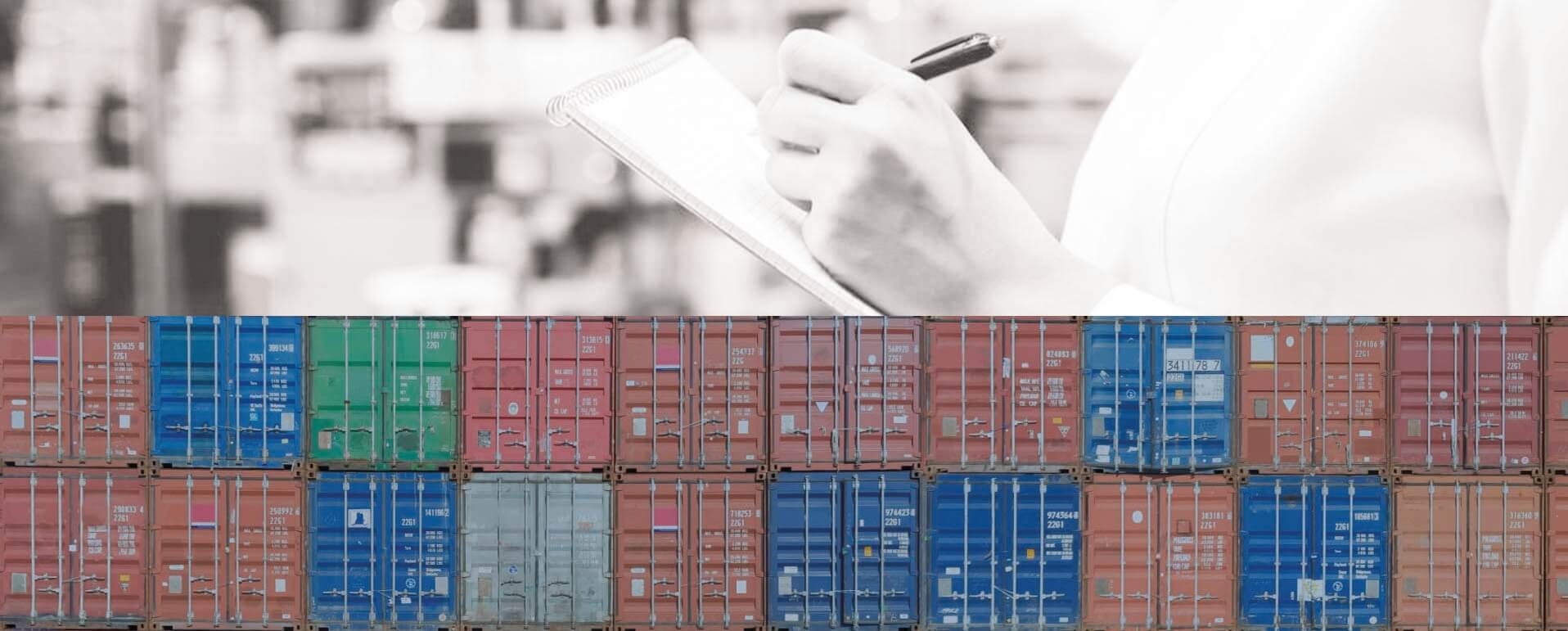Method 1
The Price of the Dea(Article 28)
The last resort is the method provided for by article (31/A) of the Act. This method may only be used to determine the customs value if the customs value of imported goods cannot be determined by the methods of determining the value mentioned earlier.
If the customs value of imported goods cannot be determined under the provisions of the previous articles, the customs value shall be determined in accordance with this method, provided that it does not conflict with the provisions of these materials and on the basis of the information available to any entity in the importing country, the customs value may not be determined on the basis of:
Plastic granules were purchased from Saudi Arabia at $800 per ton in Month 2 and the arrival of the goods was delayed for reasons on the source side and when the goods arrived in 4 months the price of oil increased and therefore the price of plastic granules increased and became 900 dollars, however the shipment in front of us is attached to a bill at the price of $800 per ton, which is the original sale price, will the value of the goods be estimated at $800 or $900?
At $800, which is the price actually paid or payable for goods for sale in the import country.
** When determining the customs value in accordance with the provisions of paragraph (28/a), the following costs include to the extent that they are not covered by the price actually paid or payable for imported goods:
** In case that the importer is unable to provide the necessary documents that promote the validity of the authorized customs value or there is sufficient reason to doubt the validity of documents submitted by the importer such as:
- The terms of shipment and delivery and the values of the goods do not match both the commercial invoice, the certificate of the establishment, the shipping policy and any other documents.
- The reality of the goods actually contained in terms of item, quantity and starch does not match those authorized in the documents attached to the customs statement.
- Invoices submitted to prove customs value must be photostate images and not original copies issued by the vendors.
- The clear discrepancy between the authorized values and the customs values of goods identical or similar or to the values of their corresponding or similar production inputs were adopted during the same period.
Declare a total value of one under commercial invoices for goods of different varieties or specifications and standards.
Accordingly, the importer is informed of the reasons for questioning the documents or information provided and, at his request, is granted the right to provide proof of the validity of the customs value authorized by him. If the relevant person provides convincing justifications for the reasons for the doubt and in order to prove the validity of the customs value, the Chamber must accept the authorized value.
